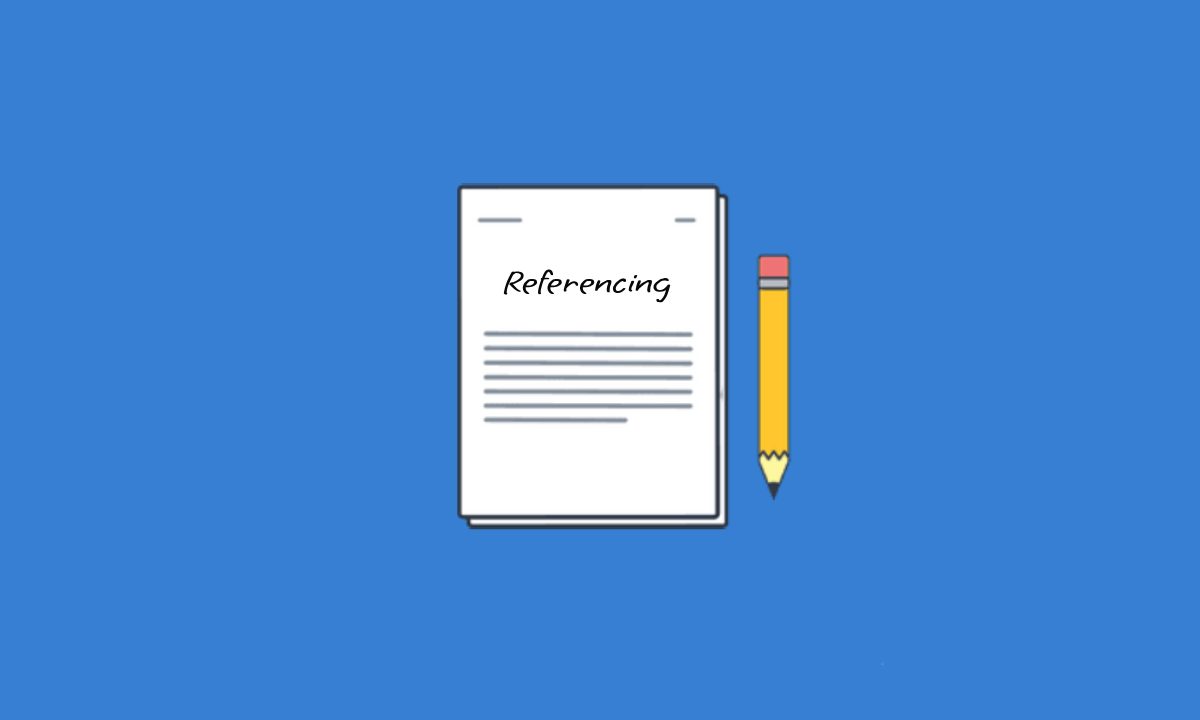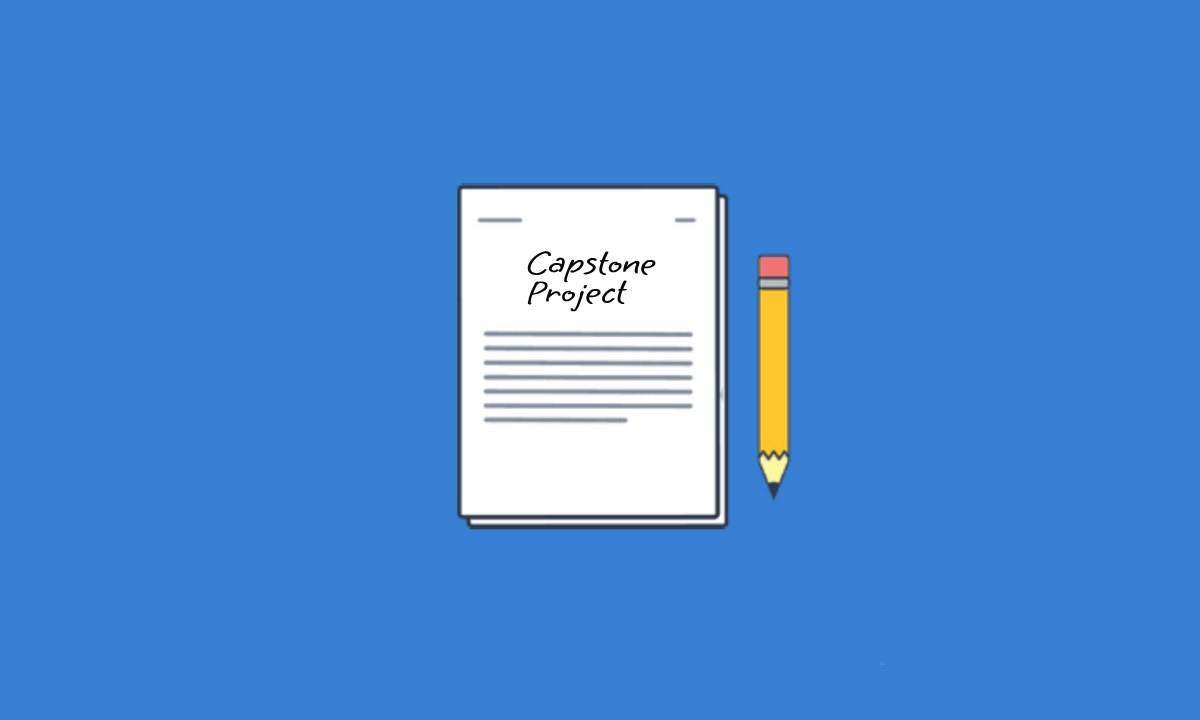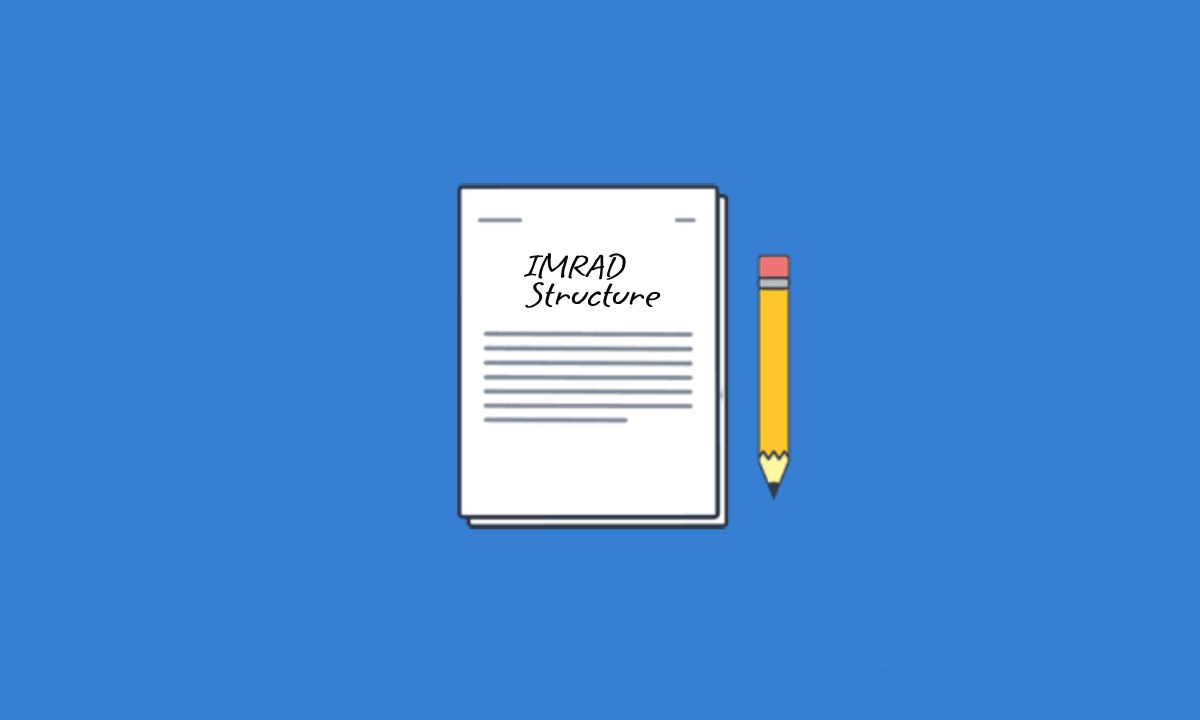What is Referencing?
Referencing is the practice of acknowledging the sources of information and ideas that you use in your own work. It’s essential in academic writing, research papers, and other forms of scholarly communication to give credit to the original authors or creators of the information you’re using. Referencing typically involves including in-text citations within the body of your work to indicate where specific information came from, as well as a list of references or bibliography at the end of your work that provides full details about each source cited.
Why do we do referencing?
Referencing serves several purposes:
Credibility: By citing reputable sources, you lend credibility to your own work.
Avoiding Plagiarism: Plagiarism is the act of using someone else’s work without proper acknowledgment. Referencing helps to avoid this by clearly indicating which ideas and information are your own and which are derived from others.
Verification and Further Reading: Readers can verify the accuracy of your statements and find additional information on the topic by referring to the sources you’ve cited.
Ethical Responsibility: Proper referencing is an ethical practice that respects the intellectual property rights of others.
Referencing Styles:
There are several referencing styles commonly used in research and academic writing, each with its own specific rules and conventions. Some of the most widely used referencing styles include:
APA (American Psychological Association):
APA style is commonly used in the social sciences, education, and business. It features in-text citations with the author’s last name and year of publication, along with a corresponding reference list at the end of the document.
MLA (Modern Language Association):
MLA style is often used in the humanities, including literature, language studies, and cultural studies. It typically uses parenthetical citations in the text, referencing the author’s last name and page number, with a corresponding works cited page at the end.
Chicago Manual of Style (CMS):
Chicago style is flexible and used in many disciplines, including history, anthropology, and some social sciences. It offers two citation styles: the notes and bibliography system (often used in humanities) and the author-date system (similar to APA and used in social sciences).
Harvard Style:
This is a generic term for referencing styles that are based on the Harvard system. It’s widely used in the UK and commonly features in-text citations with the author’s last name and year of publication, along with a reference list at the end.
IEEE (Institute of Electrical and Electronics Engineers):
IEEE style is primarily used in engineering, computer science, and related fields. It uses numerical citations in square brackets, with a corresponding numbered list of references at the end.
AMA (American Medical Association):
AMA style is used primarily in medical and biological sciences. It features numeric citations in superscript, with a corresponding numbered list of references at the end.
Vancouver:
Vancouver style is often used in medical and scientific writing, particularly in health and medical journals. It employs a numerical citation system where references are numbered in the order they appear in the text, with a corresponding numbered reference list.
NLM (National Library of Medicine):
NLM style is often used in biomedical and health sciences, NLM style is similar to Vancouver but with its own specific guidelines for citing medical literature.
R1C1 (Royal Society of Chemistry):
R1C1 style is commonly used in the field of chemistry for citing sources. This style is characterized by its use of numeric citations in the text and a corresponding numbered reference list at the end of the document.
Referencing Style Examples:
Below are examples of how to cite different types of sources in several common referencing styles.
RSC (R1C1) Style Example:
In-Text Citation:
The reaction was highly efficient.^1
Reference List:
A. Smith, B. Jones and C. Brown, J. Chem. Soc., 2024, 100, 123-130.
Book:
J. D. Watson and F. H. C. Crick, The Double Helix, Norton, New York, 1968.
APA (7th Edition) Style Example
In-Text Citation:
The reaction was highly efficient (Smith, Jones, & Brown, 2024).
Reference List:
Journal Article:
Smith, A., Jones, B., & Brown, C. (2024). Title of the article. Journal of Chemistry, 100(1), 123-130.
Book:
Watson, J. D., & Crick, F. H. C. (1968). The Double Helix. Norton.
MLA (8th Edition) Style Example
In-Text Citation:
The reaction was highly efficient (Smith, Jones, and Brown 123).
Works Cited:
Journal Article:
Smith, Alice, et al. “Title of the Article.” Journal of Chemistry, vol. 100, no. 1, 2024, pp. 123-130.
Book:
Watson, James D., and Francis H. C. Crick. The Double Helix. Norton, 1968.
Chicago Style Example
In-Text Citation (Footnote):
The reaction was highly efficient.^1
Footnote:
A. Smith, B. Jones, and C. Brown, “Title of the Article,” Journal of Chemistry 100, no. 1 (2024): 123-130.
Bibliography:
Journal Article:
Smith, Alice, Bob Jones, and Charlie Brown. “Title of the Article.” Journal of Chemistry 100, no. 1 (2024): 123-130.
Book:
Watson, James D., and Francis H. C. Crick. The Double Helix. New York: Norton, 1968.
IEEE Style Example
In-Text Citation:
The reaction was highly efficient [1].
Reference List:
Journal Article:
[1] A. Smith, B. Jones, and C. Brown, “Title of the Article,” Journal of Chemistry, vol. 100, no. 1, pp. 123-130, 2024.
Book:
[2] J. D. Watson and F. H. C. Crick, The Double Helix. New York: Norton, 1968
Harvard Style Example
In-Text Citation:
The reaction was highly efficient (Smith, Jones & Brown 2024).
Reference List
Journal Article:
Smith, A., Jones, B. & Brown, C. 2024, ‘Title of the article’, Journal of Chemistry, vol. 100, no. 1, pp. 123-130.
Book:
Watson, J.D. & Crick, F.H.C. 1968, The Double Helix, Norton, New York.
Vancouver Style Example
In-Text Citation:
The reaction was highly efficient (1).
Reference List:
Journal Article:
Smith A, Jones B, Brown C. Title of the article. J Chem Soc. 2024;100(1):123-30.
Book:
2. Watson JD, Crick FHC. The Double Helix. New York: Norton; 1968.
AMA Style Example
In-Text Citation:
The reaction was highly efficient.^1
Reference List
Journal Article:
Smith A, Jones B, Brown C. Title of the article. J Chem Soc. 2024;100(1):123-130.
Book:
2. Watson JD, Crick FHC. The Double Helix. New York, NY: Norton; 1968.
NLM Style Example:
In-Text Citation:
The reaction was highly efficient (1).
Reference List:
Journal Article:
Smith A, Jones B, Brown C. Title of the article. J Chem Soc. 2024;100(1):123-30.
Book:
2. Watson JD, Crick FHC. The Double Helix. New York: Norton; 1968.
Referencing Guidelines:
Below are some general guidelines and tips for referencing.
- Identify the Style Guide: Determine which citation style is required (e.g., APA, MLA, Chicago, Harvard).
- Be Consistent: Use the same citation style throughout your paper.
- Include All Necessary Information: Ensure your references include all the necessary details such as author names, titles, publication dates, and page numbers.
- Use In-Text Citations: Provide brief citations within the text to direct readers to the full reference in your bibliography or works cited list.
- List References Alphabetically: In the bibliography or works cited list, arrange references alphabetically by the author’s last name.
Tips for Accurate Referencing
- Use Citation Tools: Reference management tools like EndNote, Zotero, or Mendeley can help manage and format your references.
- Check for Updates: Citation styles may have updates; ensure you’re using the most current guidelines.
- Consult Style Manuals: Refer to official style manuals for detailed rules and examples.
- Include DOIs: For journal articles, include Digital Object Identifiers (DOIs) when available.



